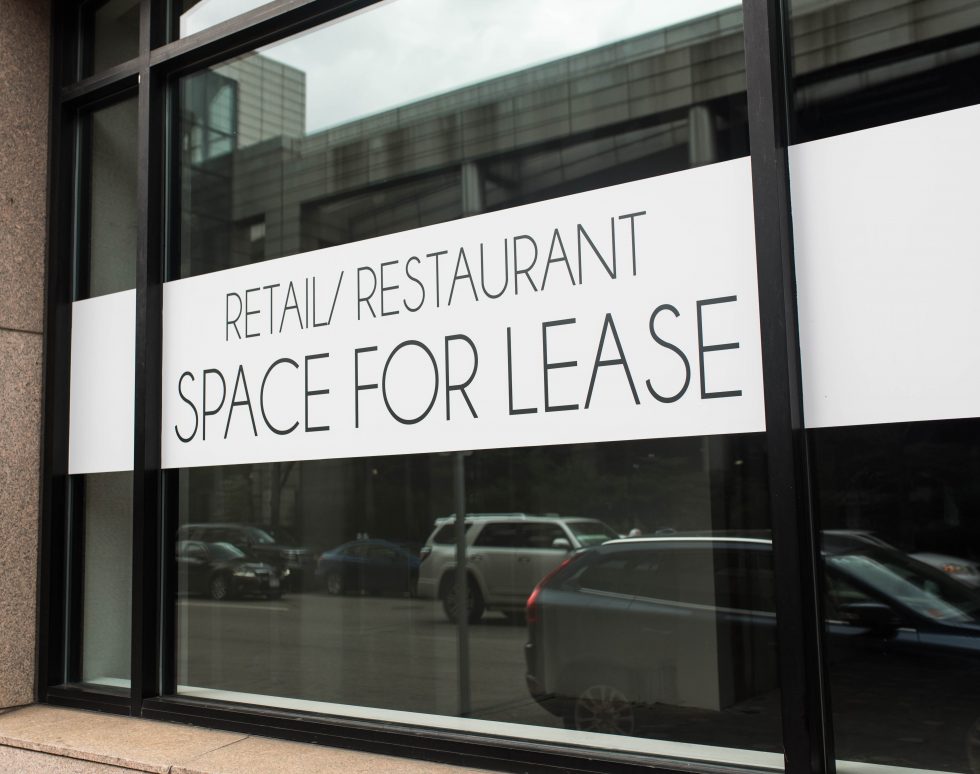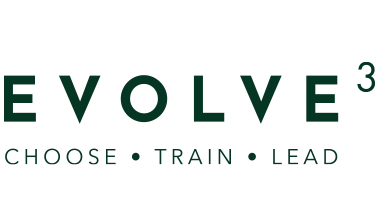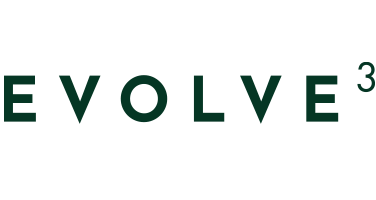
22 Aug How much rent is fair?
The question of how much rent to pay comes up regularly when we do consulting jobs, and the number of ‘for lease’ signs I see around town must be tempting many hospitality operators with the prospect of opening something new. Rent is a critical cost to consider when assessing the viability of a hospitality business, especially when considering a new project. A well-considered lease arrangement could mean the difference between enjoying the trappings of a profitable business and buying yourself a job with punishing working hours and only modest pay. Of course, you should aim to pay as little rent as possible, but here are some guidelines to help you determine how much rent is fair.
To start, we always consider the cost of rent and marketing together for hospitality businesses. This is for the practical reason that high rent sites are typically located in high traffic zones. That is, the higher the rent, the more pedestrian traffic should pass by your door, which should reduce the need for spending money on external marketing.
A good example of this is in the highly touristy area on the riverfront at Southbank in Melbourne. On the first weekend of December 2021, a total of 67,461 pedestrians passed through Southbank Promenade according to the sensors. This is what a commercial real estate agent would call a “sought-after location”. Subsequently, the rent for a restaurant space in such a precinct could represent as much as 13-14% of turnover. In most cases this rent would be unsustainable, but in a location like Southbank, with its combination of high-rise office towers (read captive lunch and after work drinks audience) and pedestrian foot traffic (read mostly tourists prepared to spend money on entertainment), it’s very possible to succeed by delivering mediocre food and service without having to spend much on marketing.
Or consider the opposite – the seemingly cheap site that is out of the way or isolated, away from other entertainment businesses. What might seem like an attractive deal becomes less so when we consider the cost of marketing the business to educate potential customers that it exists. That could cost 5-6 % of turnover for the first few years to grow a viable customer base.
Parking is another important consideration. We see a lot of restaurants and cafes in locations that are particularly difficult for customers to access. How far are people prepared to walk to have a meal or a cup of coffee? The higher the market level, the shorter the distance people are prepared to walk to get there. I’m reminded of this on date night if we choose to eat ‘somewhere special’. If the high heels come out, we aint walkin’ too far! If we drive, there has to be nearby parking available. I estimate that a tolerable distance for someone to walk in high heels is around 200 metres.
So, foot traffic and parking are two critical aspects when choosing the location of a hospitality business. Both must be considered along with the rent being asked.
So how much rent is fair?
The combined cost of rent plus marketing shouldn’t exceed 12% of estimated turnover. Assuming 3% for marketing, this would allow a maximum rent of 9%. If you assess that the location itself will guarantee customer numbers, then you might pay up to the full 12% in rent, understanding that you wouldn’t have to do much marketing, if any.
Alternatively, for an out of the way site you would look for a low rent of around 4% of turnover, knowing that this would give you about 8% to spend on marketing. Assuming your marketing is effective, you should then be able to build a customer base over the first couple of years. If your operating standards are above average, your marketing costs would reduce as word of mouth marketing by reputation gained traction. By that point, you should be producing above average profits.
Other things to consider before doing a deal with the landlord
Do you have to fit-out the premises? That may include installing grease traps, exhaust systems, toilets, 3 phase power etc. If so, what may have seemed like cheap rent is not so cheap anymore. On the other hand, some landlords will strike deals where they provide the fit-out in return for higher rent. In essence you are paying for you own fit-out by instalments over time, instead of having to pay the money up-front. This could be very enticing if you’re trying to establish a business on a tight budget.
Another thing to watch out for is the possibility of paying an ever-increasing rent (based on annual CPI adjustments) for rapidly deteriorating premises because the landlord doesn’t want to spend money on maintenance but wants the rent to keep pace with inflation. I’ve heard stories of commercial tenants spending a bomb on refurbishments and repairs because it was too difficult and too expensive to move the business to another location.
You usually only get one chance to lock in a reasonable deal with your landlord. A bit of professional advice before you sign on the dotted line could save you hundreds of thousands of dollars over the life of a commercial lease.



